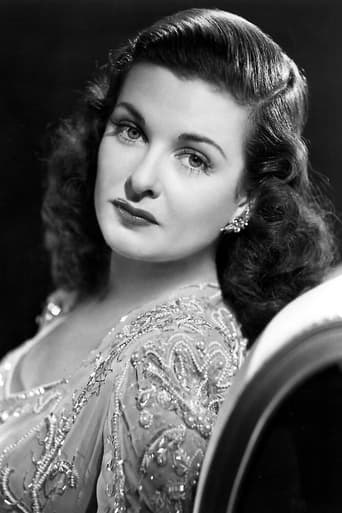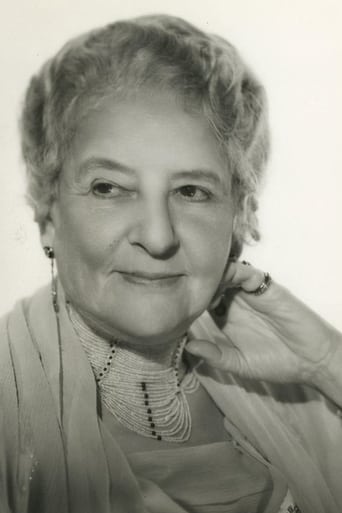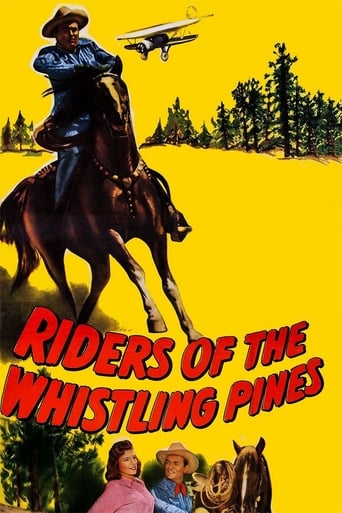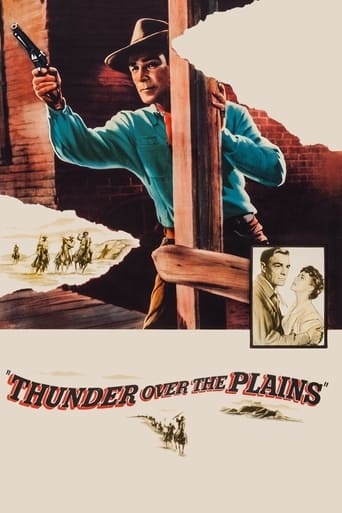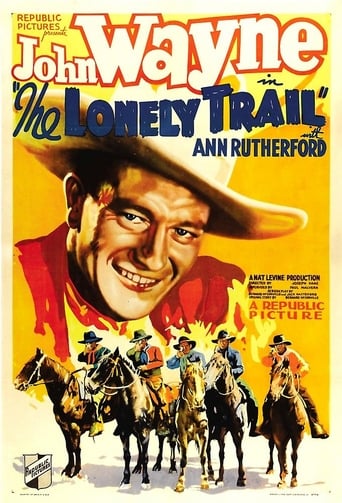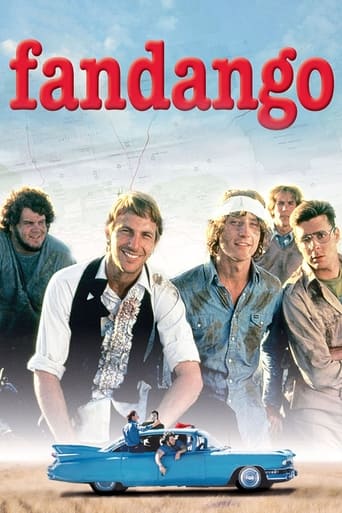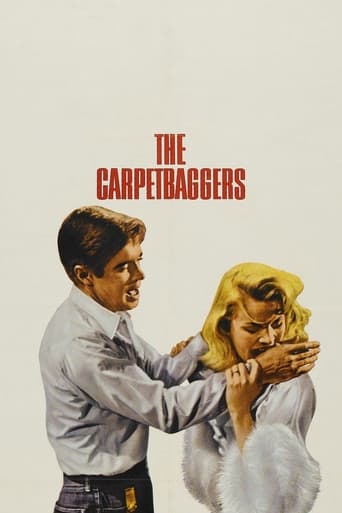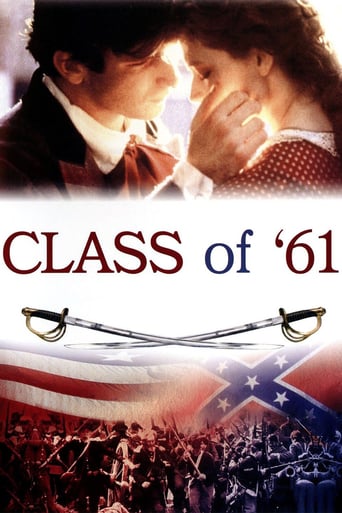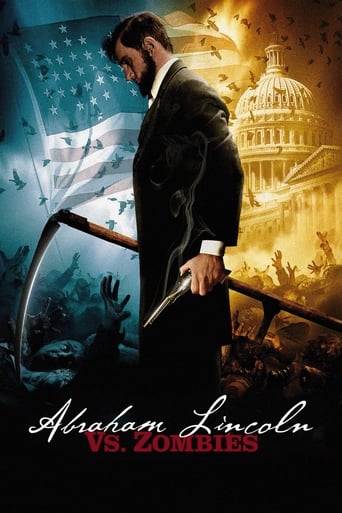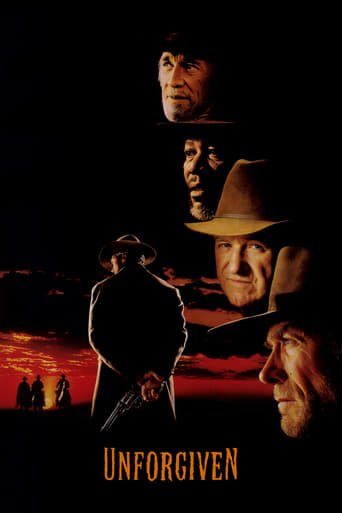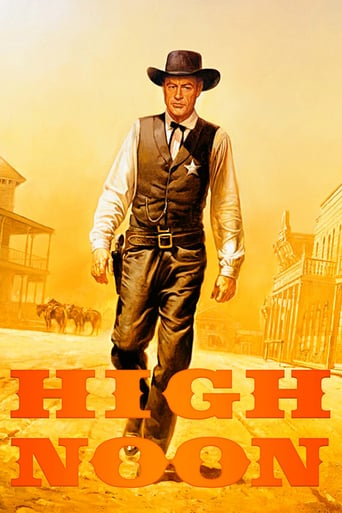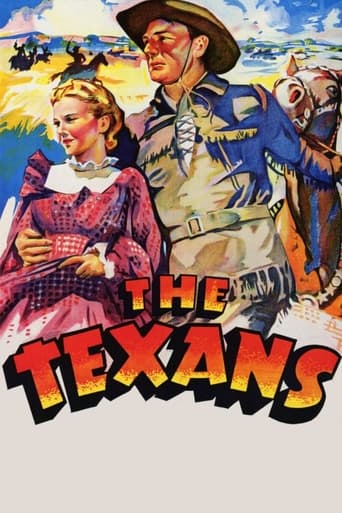
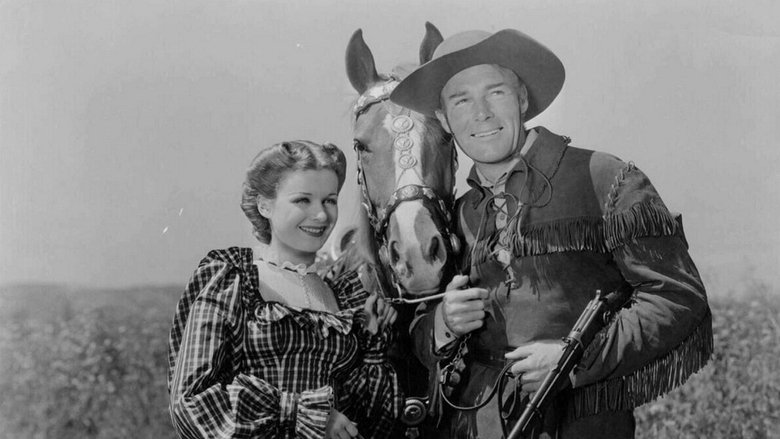
The Texans (1938)
After the Civil War, an ex-Confederate soldier faces new battles, including the elements and a carpetbagger intent on destroying him.
Watch Trailer
Cast


Similar titles
Reviews
the audience applauded
A Brilliant Conflict
The first must-see film of the year.
Great movie. Not sure what people expected but I found it highly entertaining.
With the U.S. Calvary on his tail, ex-Confederate Randolph Scott braves the elements and leads a massive cattle drive through Indian territory in order for his hard-case employer (and potential sweetheart) Joan Bennett to avoid paying the nasty carpetbagger government's new cattle tax.The first thirty minutes of the film, with it's blistering portrait of reconstruction, is so grimy and claustrophobic that it comes as a bit of a relief when Scott and the boys (and the girls) hit the trail. In fact, they lay it on so thick that Randolph Scott's character comes off a bit silly when he voices his support for a reunified country!Some slow spots help keep this from being one of the best of Scott's early Paramount vehicles. However it's probably one of the best produced, with some excellent photography and really well-staged action sequences. The scenes depicting the crossing of the Rio Grande and their battles with angry Comanches are particular standouts.The end is a bit of a forerunner to Red River!
"The south was ruled as a conquered enemy. Northern politicians wallowed in an orgy of power--of plunder by organized mobs--of tribute and tyranny and death." This is taken from the prologue to this film. From the early 20th century until about 1960, there was a revisionist view of the Reconstruction years in which the Southerners were all portrayed as victims of evil Yankees and 'uppity' blacks! It turns out that this really is NOT what this era was like but it sure dominated films from "Birth of a Nation" (1915) through "Gallant Legion" (1948)--see David Blight and Eric Foner as well as the Nebraska Partnership for American History Education for more information about this). "The Texans" carries on this tradition of carpetbaggers (Northerners whose sole aims are to get rich and mistreat the Southerners) and scallywags (Southernerswho would betray their neighbors by working with the evil carpetbaggers).The film begins with the Yankee soldiers doing all kinds of injustices to Southerners. Randolph Scott, Walter Brennan and the other good guys are all ex-Confederate soldiers who can only look on in horror as the occupying Northern soldiers do their worst. However, Joan Bennett (sporting blonde hair as she did early in her career) and May Robson have an idea--to sell guns to their Southern friends, hide cattle from greedy Northern tax collectors and sow discord against evil Yankee oppression. While completely wrong, at least this film doesn't credit the wonderful KKK with being heroes of the post-war South (like in "Birth of a Nation"!)! During this portion of the film, oddly, Randolph Scott seems to be strangely absent from the plot. He's there but doesn't do a whole lot. Later, however, he's a little more obvious in the film and convinces a group of angry ex-Confederates to relocate to Abilene--and to get away from the repressive Yanks. After a long and arduous journey through Indian attacks and a pursuit by carpetbaggers intent on jailing the lot on trumped up charges, they arrive in Abilene at the exact perfect time. And, everyone lives happily ever after.As far as this film goes, with so many westerns like it, it didn't do a whole lot to stand out from the crowd. Heck, even Randolph Scott made at least one other film with the same plot idea ("Thunder Over the Plains"). In addition, Errol Flynn and several other actors have made similar films--it was an awfully familiar theme. While I am a huge fan of Randolph Scott westerns, this one is amazingly ordinary despite some nice scenes and acting here and there and is far from being a must-see film. If you do watch it, just don't think it's in any way a history lesson!
Randolph Scott is a former Confederate soldier and Joan Bennett plays a woman who refuses to admit when the Civil War is over in James Hogan's cattle rustling epic, which looks and feels in retrospect a lot like a B version of Howard Hawks' "Red River." There's a general lack of ambition here and the movie doesn't add up to much, just a formula picture that pretends to be somewhat more important than a singing cowboy picture.Anytime Randolph Scott is wearing more makeup in the movie than Joan Bennett, that's a sign of trouble right there. Scott annoyed me to no end in this movie, and it's hard to believe he's the same man who became such a convincing western star in the 50s and 60s. The director is partly to blame, because he's always having Scott do these clownish double takes to the camera that really do not suit him. You shouldn't ask actors to do things that they really can't do. Joan Bennett is mis-cast because she feels too contemporary. Walter Brennan basically stole the movie and made a couple good scenes out of it. I wouldn't be surprised if Hawks did see the movie and figure he could do it better. The following year after this film, Brennan made a memorable appearance in Fritz Lang's "Fury," and shortly after that he began his memorable run of character performances for Hawks. So this film might if anything be somewhat important in terms of Brennan's filmography, since he basically proves here that he's even better than Gabby Hayes.May Robson is also very amusing as "Granna", the ancient frontier woman who won't be left behind and who nurses a maternal affection for the aging Brennan character. Robert Cummings plays the rival love interest for Joan Bennett, a smarmy Confederate dead ender who dreams of leading rebel excursions from Mexico to reclaim Texas. B western regular Raymond Hatton also puts in a patented supporting performance as some kind of wilderness man to round up the rather generic but pleasant nature of the cast and film generally.Not much else to say here. Hogan's direction is pedestrian and the story is somewhat interesting but very contrived. For instance, when the uber-annoying regional bureaucrat (Robert Barrat) is murdered rather obviously in the midst of a fray by Scott's trapping buddy (Hatton), the military officer in charge (Harvey Stephens) barely bothers to investigate and suddenly switches plans and agrees to help the ranchers. It's all tied up in such a way as to soothe the frayed nerves between the Southerners and the Northerners, as if this was some piece of propaganda delayed by some 60 odd years. There's a couple shoot-outs against Indians but nothing really invested with any drama or meaning. Violence in this movie is simply action, and not very good action. Basically the movie would suffice for Saturday morning but it seems to want to be at least a bit more than that, and fails.
This was a big budget effort for Paramount in 1938. Westerns after years of being relegated to the B picture market were just starting to come back with major player casts. This concerns the a fictional adaption of the first cattle drive from Texas to Abilene, Kansas following the Chisholm Trail. Howard Hawks did the same story a decade later with Red River only he did it far better.Hawks in Red River contents himself with a line or two explaining the economic situation in Texas, post Civil War. Here a good quarter of the film is taken up with it. And the kind of racism expressed wouldn't fly today at all. In the first 10 minutes of the film we see a black Union Army soldier sauntering down the street saying, "Union Army coming." with a crowd of defeated Confederates scowling. Never mind that that man had just fought for his freedom. Right after that the veterans see some of their brethren working the docks of the port of Indianola and one remarks that that wasn't the kind of job a white man should be doing. I'm sure that longshoremen everywhere got a charge out of that.Anyway our two leads are Joan Bennett, an unreconstructed rebel who is the granddaughter of May Robson who owns a lot of cattle and land, but has no liquid assets to pay the Yankee carpetbagger taxes. She's involved in gunrunning to a group of rebels at large of whom her sweetheart Bob Cummings is one. He and his cavalry troop are going to join Maximilian in Mexico and when Max is finished putting down his rebels, they're coming back to throw out the Yankees. The other lead is Randolph Scott who is a Confederate veteran, but who realizes the war is over and we have to make a living.His idea is to drive May Robson's cattle and sell them in Abilene where the railroad has reached. They have to sneak them out from under the nose of Robert Barrat, the local carpetbagger administrator who wants to seize them and the land for taxes imposed by the carpetbagger occupational government. That by the way sets the scene for the film's most memorable moment as May Robson drinks Robert Barrat under the table and Scott, Bennett and the rest of the hands sneak off with the herd.After that it's the usual situations one expects from westerns involving cattle drives. They pick up Bob Cummings along the way whose troops have been annihilated by the Juaristas. Bob Cummings also tells Bennett of a new movement he's getting involved in called the Ku Klux Klan. By the end of the film with all the trials and tribulations they've gone through, guess who Bennett winds up with?Later on this would be routine stuff for Randolph Scott. He and Bennett work well together. They get good support from Walter Brennan, Raymond Hatton, Harvey Stephens, Francis Ford, and most of all May Robson and Robert Barrat. A previous reviewer said Barrat is a buffoon and to be sure he is. Barrat is the kind of idiot that could only rise to the top in a situation like carpetbagger Texas. He probably is somebody's idiot brother-in-law and got the job through influence. That doesn't make him any less sinister. Power corrupts and absolute power corrupts absolutely.This film is also an example of how the studios and the recording industry work hand in glove. A song called Silver on the Sage was written by Leo Robin and Ralph Rainger for the film. It's sung around the campfire in the usual singing cowboy tradition that was so popular back then. It's sung by Eddie Dean who later became a movie cowboy star in his own right. But Paramount just happened to have THE number one recording artist of the century under contract at the time. They persuaded Bing Crosby to record it for Decca and it enjoyed a modest sale, not one of Bing's bigger hits. But Robin and Rainger did much better that year with a song they wrote for another Paramount star for The Big Broadcast of 1938. That would be Thanks for the Memory and the film's star Bob Hope. It won the Oscar for best song that year.Nice film, good performances, but see Red River first.



